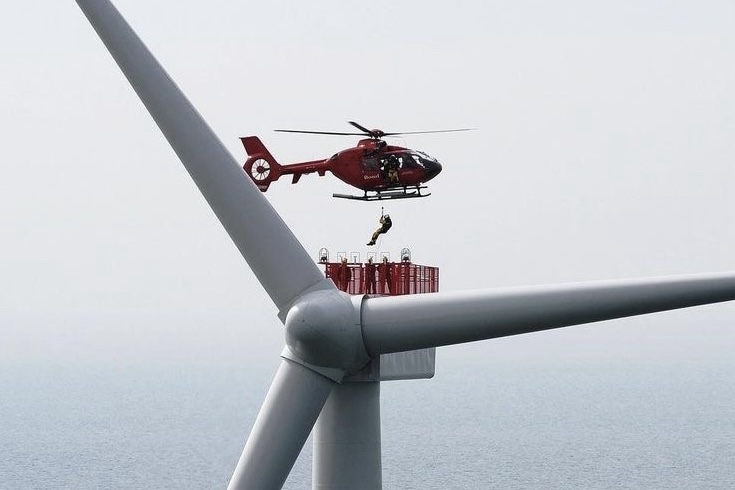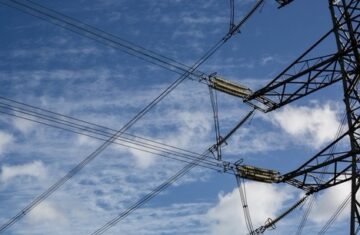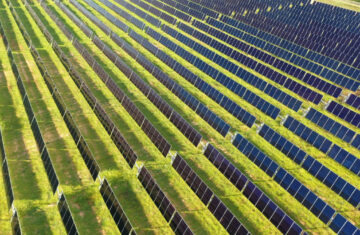What is the reliability of renewable energy?
The Importance of Reliable and Consistent Green Energy
As the world faces the growing threat of climate change, the transition to renewable energy sources has become a critical priority for governments, businesses, and individuals alike. Green energy, which includes solar, wind, hydroelectric, geothermal, and biomass power, offers a promising path towards a more sustainable future. However, for green energy to be truly viable, it must not only be environmentally friendly but also reliable and consistent in its power generation.
The Characteristics of Reliable and Consistent Green Energy
Consistent Power Output
One of the key aspects of reliable and consistent green energy is the ability to provide a consistent power output. Unlike traditional fossil fuel-based power plants, which can generate a steady and predictable stream of electricity, many renewable energy sources are subject to fluctuations in their power generation. For example, solar panels produce less electricity on cloudy days, and wind turbines generate less power when the wind is calm.
To ensure consistent power output, renewable energy systems often rely on energy storage technologies, such as batteries or pumped-storage hydroelectricity, to smooth out these fluctuations and provide a more stable supply of electricity. According to the International Energy Agency (IEA), global battery storage capacity is expected to grow tenfold by 2030, from around 17 gigawatts (GW) in 2020 to 175 GW.
Resilience to Extreme Weather Events
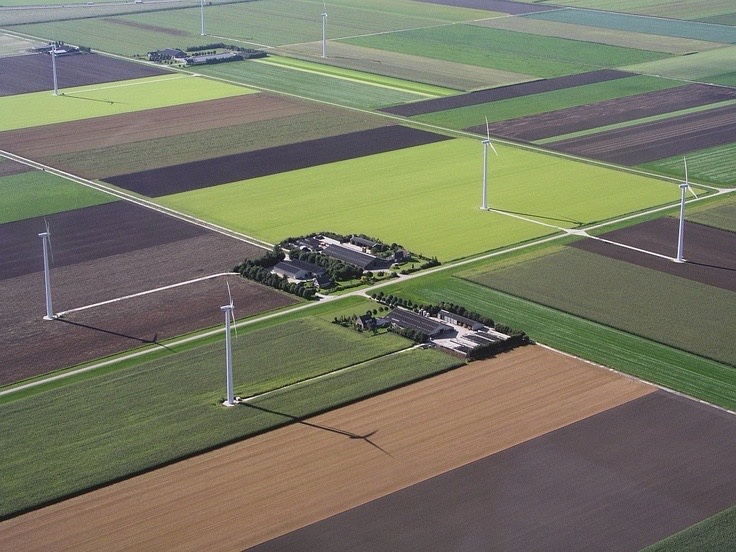
Another important aspect of reliable and consistent green energy is its ability to withstand extreme weather events, which are becoming more frequent and severe due to climate change. Natural disasters, such as hurricanes, floods, and wildfires, can cause significant damage to renewable energy infrastructure, leading to power outages and disruptions in energy supply.
To address this challenge, the renewable energy industry has been investing in more resilient and hardened infrastructure, such as reinforced wind turbine towers, flood-resistant solar panels, and redundant power transmission systems. According to the National Renewable Energy Laboratory (NREL), the cost of making renewable energy infrastructure more resilient to extreme weather events is generally less than 10% of the total project cost.
Integration with the Broader Energy Grid
Reliable and consistent green energy also requires seamless integration with the broader energy grid, which includes traditional fossil fuel-based power plants, as well as other renewable energy sources. This integration ensures that the grid can effectively balance the supply and demand of electricity, even in the face of fluctuations in renewable energy generation.
To achieve this, grid operators and policymakers are implementing a range of strategies, including improved forecasting and modeling of renewable energy generation, enhanced grid flexibility and storage capabilities, and the development of smart grid technologies that can optimize the flow of electricity across the grid. According to the IEA, the global investment in grid infrastructure is expected to reach $820 billion per year by 2030, with a significant portion dedicated to enabling the integration of renewable energy.
The Reliability and Consistency of Different Green Energy Sources
Solar Power
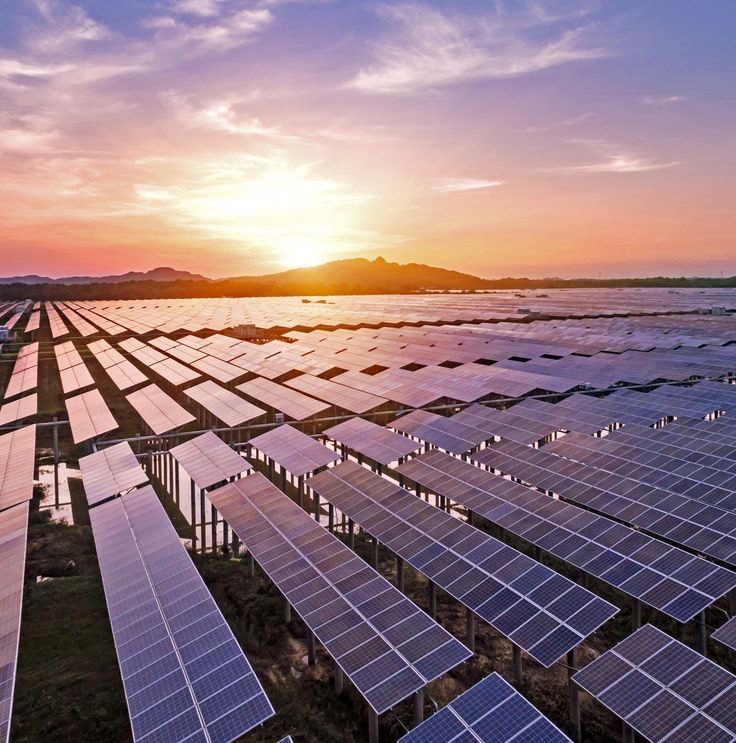
Solar power, which generates electricity from the sun’s energy, is one of the fastest-growing renewable energy sources. According to the International Energy Agency (IEA), global solar photovoltaic (PV) capacity reached 707 gigawatts (GW) in 2020, up from just 40 GW in 2010.
In terms of reliability and consistency, solar power has made significant strides in recent years. Advancements in technology, such as more efficient solar panels and improved energy storage solutions, have helped to mitigate the intermittency of solar power. Additionally, the geographic diversification of solar installations, with solar farms located in different regions, can help to smooth out the overall power output and reduce the impact of local weather conditions.
According to a study by the National Renewable Energy Laboratory (NREL), the reliability of solar power, as measured by the capacity factor (the ratio of actual power output to the maximum possible power output), has improved from around 20% in the early 2000s to over 25% in recent years. However, the reliability and consistency of solar power can still be affected by factors such as cloud cover, dust, and shading.
Wind Power
Wind power, which generates electricity from the kinetic energy of wind, is another rapidly growing renewable energy source. According to the Global Wind Energy Council (GWEC), global wind power capacity reached 837 GW in 2021, up from just 24 GW in 2001.
In terms of reliability and consistency, wind power has historically been more variable than solar power, with the output depending on the strength and direction of the wind. However, advancements in wind turbine technology, including larger and more efficient turbines, as well as improved forecasting and grid integration, have helped to improve the reliability and consistency of wind power.
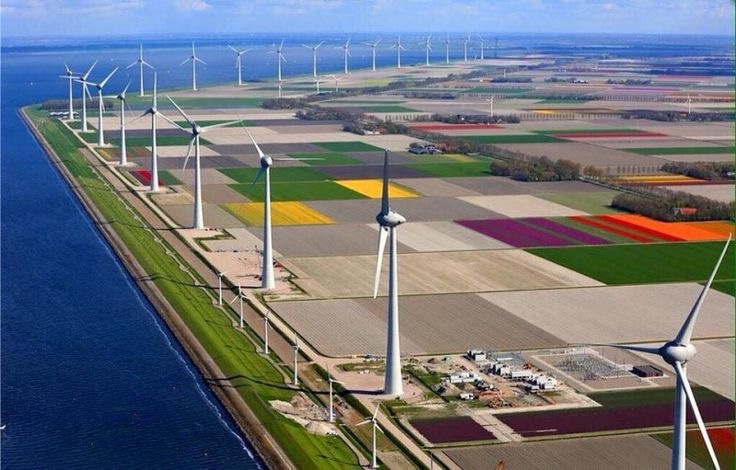
According to a study by the U.S. Department of Energy, the capacity factor for wind power in the United States has increased from around 30% in the early 2000s to over 35% in recent years. Additionally, the geographic diversification of wind farms, with installations located in different regions, can help to smooth out the overall power output and reduce the impact of local weather conditions.
Hydroelectric Power
Hydroelectric power, which generates electricity from the flow of water, is one of the most reliable and consistent renewable energy sources. According to the International Renewable Energy Agency (IRENA), global hydroelectric power capacity reached 1,328 GW in 2020, accounting for approximately 16% of the world’s total electricity generation.
Hydroelectric power plants are generally characterized by their ability to provide a steady and predictable supply of electricity, as the flow of water can be controlled and regulated. Additionally, hydroelectric power is less affected by short-term fluctuations in weather conditions, as it relies on the accumulated water resources in reservoirs and dams.
According to the U.S. Energy Information Administration (EIA), the capacity factor for hydroelectric power in the United States has remained relatively stable, averaging around 40% over the past decade. However, hydroelectric power can be affected by long-term changes in precipitation patterns and drought conditions, which can impact the availability of water resources.
Geothermal and Biomass Power
Geothermal and biomass power are two other forms of green energy that offer relatively reliable and consistent power generation.
Geothermal power, which generates electricity from the heat stored within the Earth’s crust, is known for its consistent and reliable power output, as it is largely unaffected by short-term weather fluctuations. According to the International Geothermal Association (IGA), global geothermal power capacity reached 14 GW in 2020.
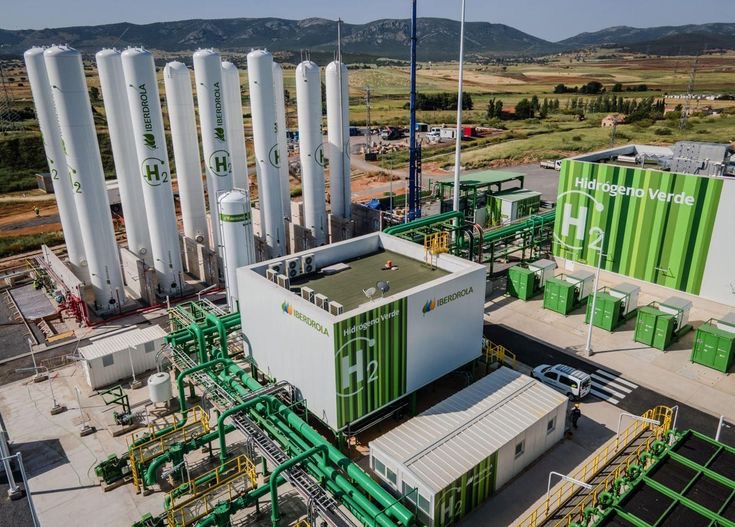
Biomass power, which generates electricity from organic materials such as agricultural waste, forestry residues, and municipal solid waste, also offers a relatively consistent power output. However, the availability and supply of biomass feedstock can be subject to seasonal and regional variations. According to the U.S. Energy Information Administration (EIA), biomass power capacity in the United States reached around 16 GW in 2020.
Conclusion
The reliability and consistency of green energy are crucial for the successful transition to a sustainable energy future. While renewable energy sources like solar, wind, hydroelectric, geothermal, and biomass power have made significant strides in improving their reliability and consistency, there is still work to be done to ensure that they can fully replace traditional fossil fuel-based power generation.
Ongoing investments in energy storage, grid integration, and infrastructure resilience are essential to addressing the intermittency and variability of renewable energy sources. By continuing to improve the reliability and consistency of green energy, we can unlock its full potential to power our homes, businesses, and communities in a more sustainable and environmentally-friendly way.
